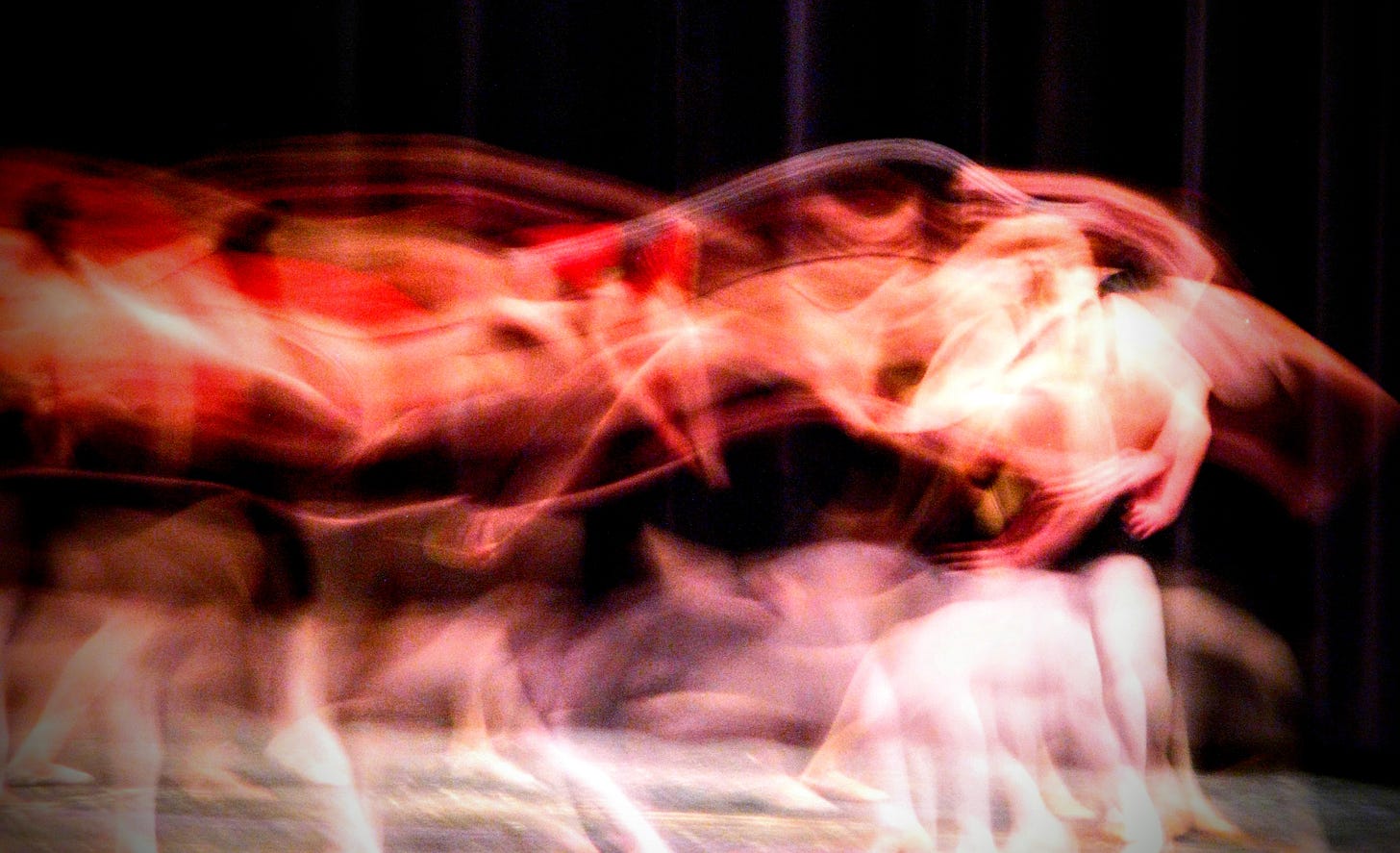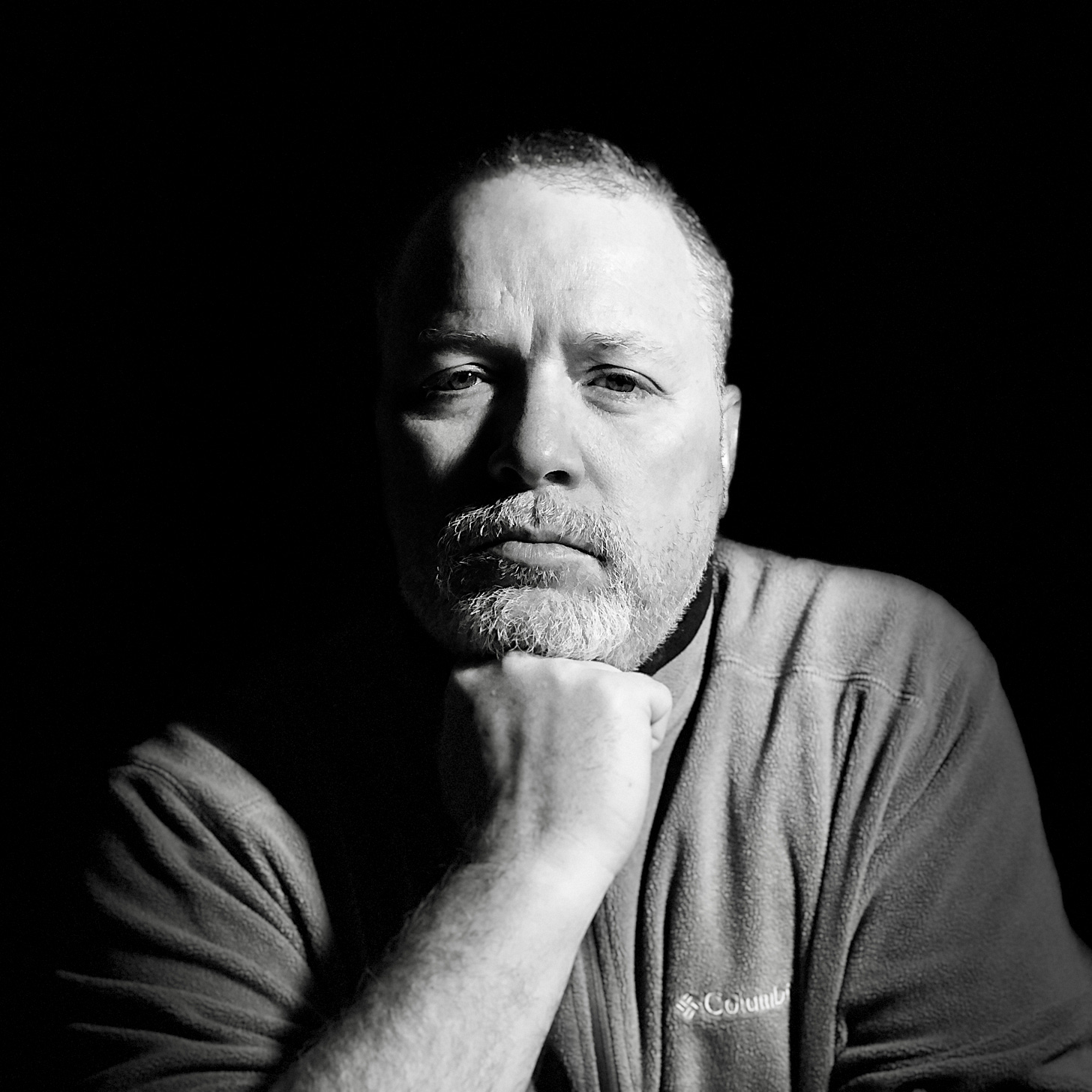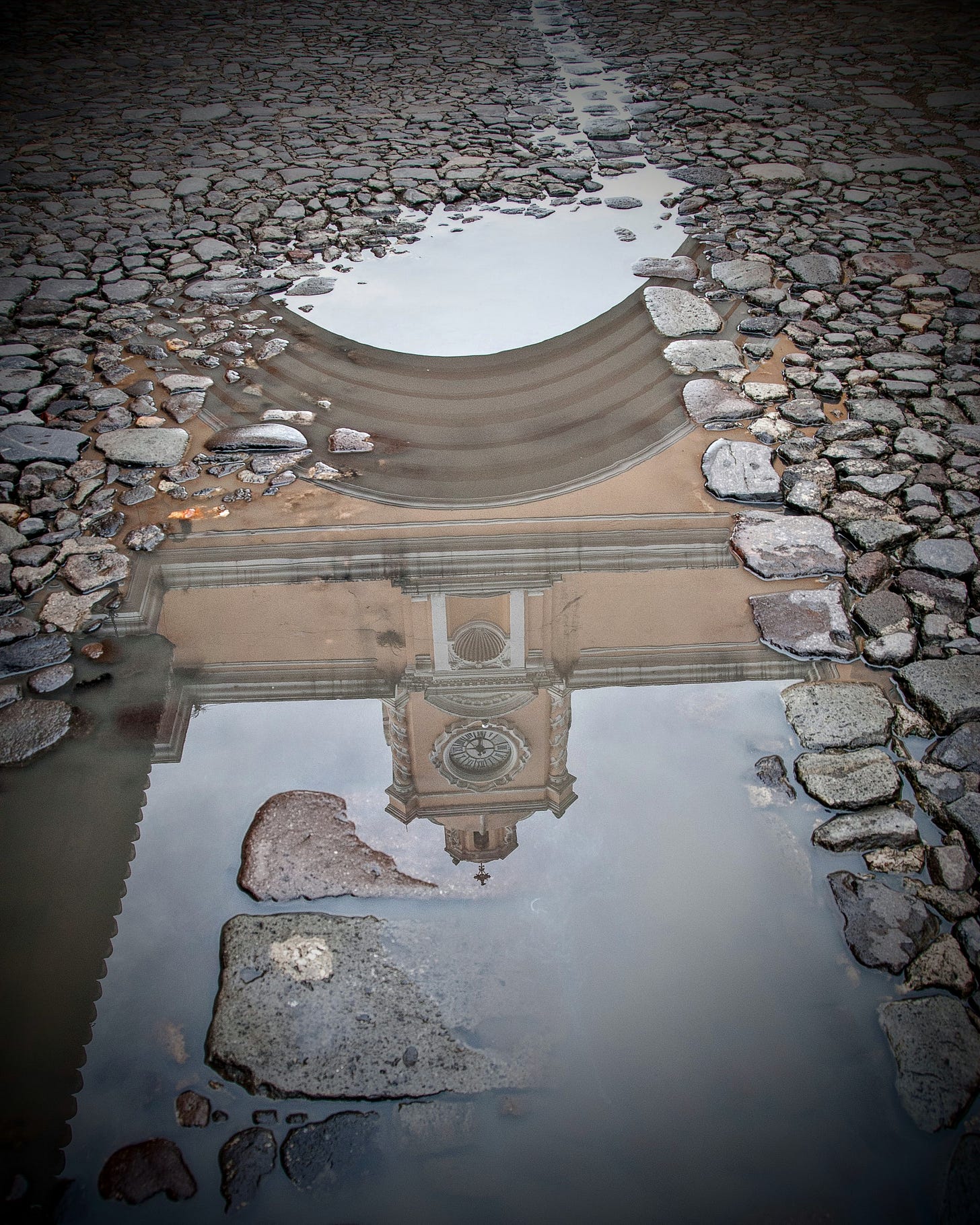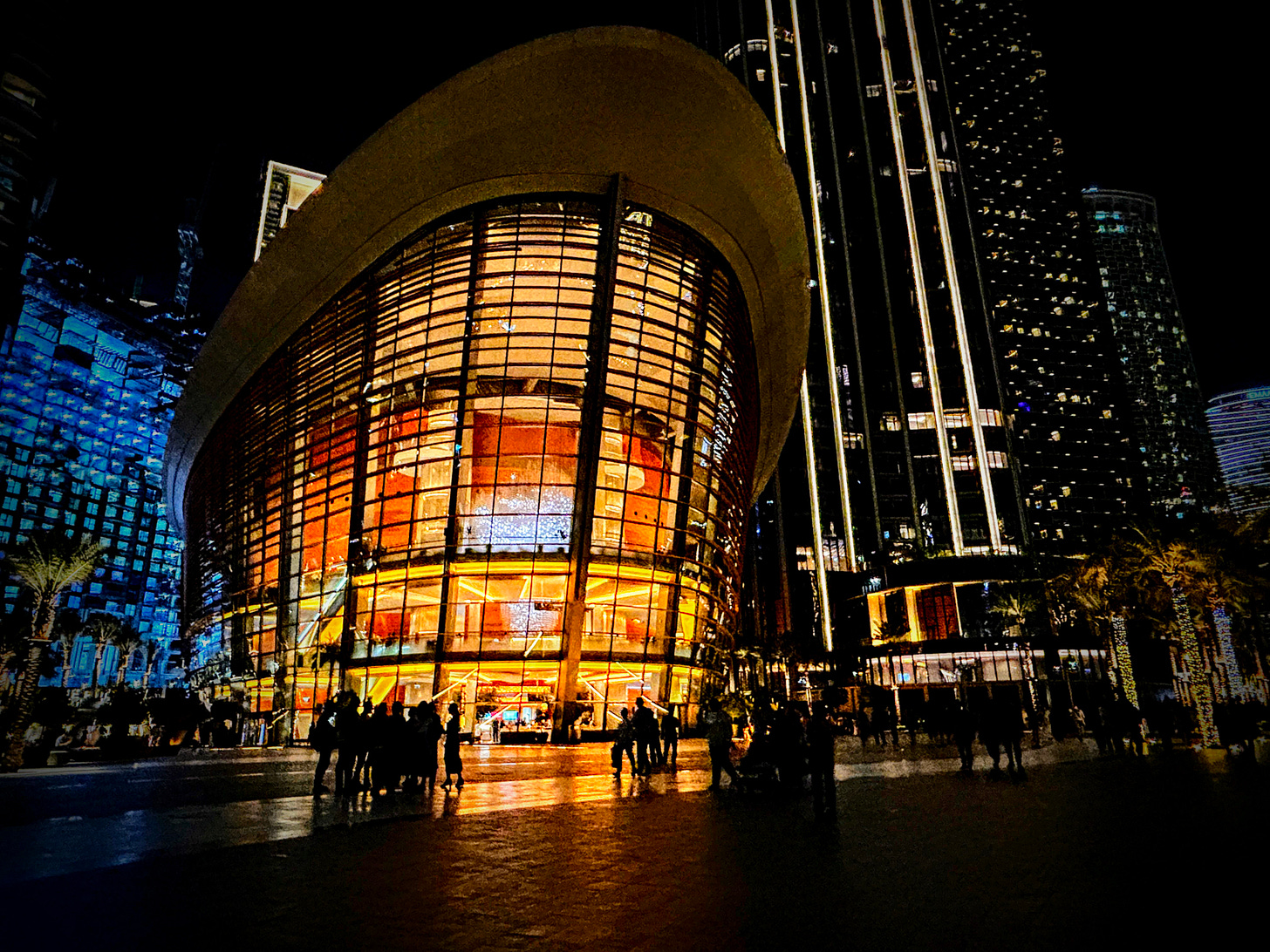Through the Lens, Then and Now:
A Photographer Looks Back to Look Ahead (What revisiting old photographs taught me about how I see the world today)
I don’t dig through hard drives anymore.
All of my photos—digital, scanned, and even our old home videos—now live in one place: Google Photos. And to be honest, I love it. The organization, the smart search features, and the ease of access have made it one of my favorite creative tools. Not just because of what it stores, but because of what it reveals.
I can search by place, date, or even something as specific as “my son with my mother,” and the results show up instantly. I can type in something as ordinary as “black car” and rediscover moments I had completely forgotten.
But what I return to most often is not a specific person or place. It’s the quiet realization that how I see the world has changed.
Lately, as I prepare for my upcoming trip to Eastern Europe, I’ve been looking back through those images. Not to judge or relive them, but to notice. To trace the shifts in how I capture light, frame a moment, or decide to press the shutter at all.
If I could graph that progression, it wouldn’t be a clean upward climb. There would be peaks and valleys. Long plateaus. Surprising dips. And often, those plateaus are scattered throughout, just like the ups and downs of life itself. Some seasons felt inspired. Others were slow. There were times I grew without realizing it, and times I tried hard to grow but couldn’t quite get there.
In this post, I want to share a few image pairings that reflect that journey. Older photos next to more recent ones. Not as a before-and-after, but as a conversation. A way to listen to what has changed, what has stayed steady, and what is still unfolding.
Because photography, like life, is less about perfection and more about presence.
Then: December 19, 2010 – Canon PowerShot G9
Now: January 3, 2021 – iPhone 8 Plus
The first image is one I keep returning to.
It was a dance performance. My daughter Grace was on stage, moving in rhythm with the other dancers. Behind them, an impressionistic painting was projected onto the screen, its soft colors shifting and blending in motion. I don’t remember if I set out to mirror that painting or if I was simply caught in the beauty of the moment, trying to translate it through the lens. Either way, I followed the feeling.
I had my Canon PowerShot G9 with me. That camera might have been my favorite of all time. Compact, versatile, and remarkably capable. I loved it so much I bought a second one. Later, when one was destroyed on a black sand beach in Iceland—I got a bit too close to the ocean—a friend gifted me a third. It wasn’t just a tool. It became part of how I saw.
That night, I slowed the shutter and let the dancers blur into color and light. The result was something abstract and painterly. Not sharp. Not traditional. But full of feeling. I keep coming back to that image because it holds so much: creativity, courage, and a kind of instinctual understanding of what photography could be. It was one of the first photos that taught me how to chase movement and trust imperfection.
The second image is a self-portrait. Black and white. Still. I lit it with care, rested my chin on my hand, and looked directly into the lens.
What’s interesting is this: I don’t usually like photos of myself. Maybe it's vanity, or maybe it's discomfort. Maybe it’s that familiar resistance to seeing myself too clearly. The camera is said to be honest. But I often wonder if it’s honest in a way that feels kind.
This portrait felt different.
Even now, four years later, it still feels like me. It feels true. It’s not about looking good. It’s about looking real. There’s something in the lighting and the stillness that makes it feel less like a performance and more like a moment I actually inhabited.
When I place these two images side by side, I see a conversation. One is built on movement and instinct. The other on restraint and reflection. One holds color and blur. The other leans into contrast and calm.
They are quiet reminders of how I saw the world, and myself, at two very different times. And both feel true in their own way.
Pairing Two: First Steps, Future Light
Then: August 1, 2009 – Antigua, Guatemala – Nikon D200
Now: April 17, 2025 – Dubai, United Arab Emirates – iPhone 14 Plus
The first photo is from Antigua, Guatemala. I was walking the cobblestone streets on my first trip abroad as an adult, camera in hand, still wide-eyed and open to it all. It was early morning. The air was cool, the stones still wet from rain. I remember passing a large puddle in the street—just another patch of water—until I saw another photographer kneel beside it. They framed something. Waited. Then took the shot.
When they stood and walked away, I crouched down and saw it too. The arch reflected perfectly in the water. The symmetry. The softness of the light. I never would have seen it that way without them. And yet, it became one of the images I still carry in my mind. It taught me something. Not just about light and framing, but about looking again. Looking lower. Looking longer.
I owe that image to another photographer’s eye. They noticed something I didn’t, and because of that, I did.
Sixteen years later, I was in Dubai.
It was evening, and the Dubai Opera House glowed like a lantern. The curve of the building, the warmth of the light, the way it stood surrounded by steel and shadow; it stopped me. I had no gear, no camera bag, just my iPhone. But I waited. I framed. I watched the silhouettes of people gather in the plaza. And I took the photo.
Looking at these two images together, I’m reminded that the way we learn to see is shaped by the people, places, and moments that help us pause. I would not have looked for a reflection in 2009. Now, it is one of the prompts I carry with me. A quiet assignment I’ve given myself for this summer in Europe: look for reflections. Puddles, glass, windows, mirrors. What do they show that I would otherwise miss?
I still love architecture. I still chase light. But more than ever, I am interested in what is off to the side. What is underneath. What is not obvious until I stop and shift my view.
Back then, I was learning how to shoot.
Now, I am learning how to look again.
Closing Reflection
When I look at these images side by side, I don’t see a perfect arc of improvement. What I see is something more personal. I see effort. I see instinct. I see moments when I was trying to understand the world, and moments when I was trying to understand myself.
One image captures my daughter in motion, blurred and luminous on stage. Another shows me, still and direct, trying to be honest in front of my own lens. In Antigua, I followed another photographer’s lead and discovered a reflection I would have missed. In Dubai, I stood in a bustling plaza and knew how to wait for the right light.
Photography has never been just about pictures for me. It’s about paying attention. It’s about noticing what others walk past. It’s how I remember—not just where I’ve been, but how I have changed along the way.
As I get ready to travel through Eastern Europe this summer, I’ll carry more than a phone and a list of photo prompts. I’ll carry experience. I’ll carry these quiet reminders. Look carefully. Stay curious. Find the reflection. Trust what feels true.
The tools may be lighter now. The methods may be simpler. But the purpose is still the same.
To be present.
To see clearly.
To make something that matters.







Thank you for the reminder to be still and pay attention. I hope to see and photograph reflections during our upcoming trip (Norway and Denmark). I so appreciate your essays along with the photos.